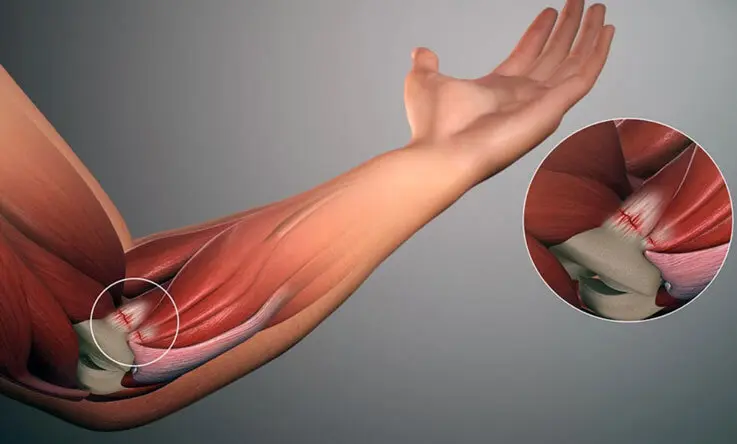
09 Apr Cubital Tunnel Syndrome
Cubital tunnel syndrome occurs when the ulnar nerve, which runs through the cubital tunnel (tunnel of muscle, ligament, and bone) on the inside of the elbow, becomes injured and becomes inflamed, swollen, and irritated. Cubital tunnel syndrome causes pain that is very similar to the pain you feel when you hit the “funny bone” in your elbow. The “funny bone” at the elbow is actually the ulnar nerve, a nerve that crosses the elbow. The ulnar nerve starts at the side of your neck and ends at your fingers.
Causes of Cubital Tunnel Syndrome
Cubital tunnel syndrome can occur when a person bends their elbows frequently (while pulling, reaching, or lifting), bends too much on their elbows, or has an injury to the area. Arthritis, bone spurs, and previous fractures or dislocations of the elbow can also cause cutaneous tunnel syndrome. In many cases the cause is unknown. What are the symptoms of cubital tunnel syndrome? The most common symptoms of cubital tunnel syndrome are: Numbness and tingling in the hand or ring and little finger, especially when the elbow is bent Numbness and tingling at night Hand pain Poor grip and clumsiness due to muscle weakness in the affected arm and hand Aching pain on the inside of the elbow Symptoms of cubital tunnel syndrome include golfer's elbow ( It may appear like other health conditions or problems, including medial epicondylitis. Always consult a healthcare professional for diagnosis.
Cubital Tunnel Syndrome Treatment Methods
The most effective treatment for cubital tunnel syndrome is to stop the activity that is causing the problem. Treatment may include:
- rest and stopping any activity that aggravates the condition, such as bending the elbow
- Splint or foam elbow support worn at night (to limit movement and reduce irritation)
- Using elbow pads (for protection against chronic irritation from hard surfaces)
- Anti-inflammatory medications (such as ibuprofen or naproxen)
- Nerve gliding exercises
If symptoms cannot be prevented with the above conservative treatment methods, surgical intervention is required.



Sorry, the comment form is closed at this time.